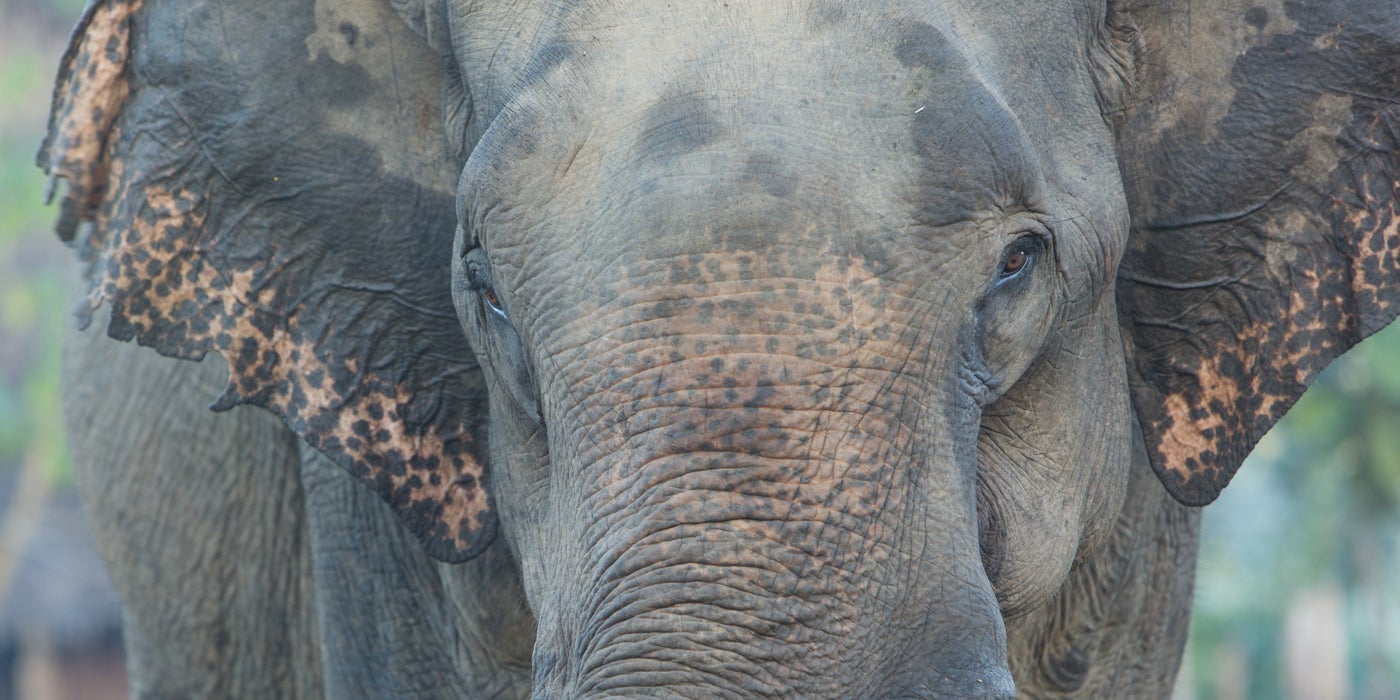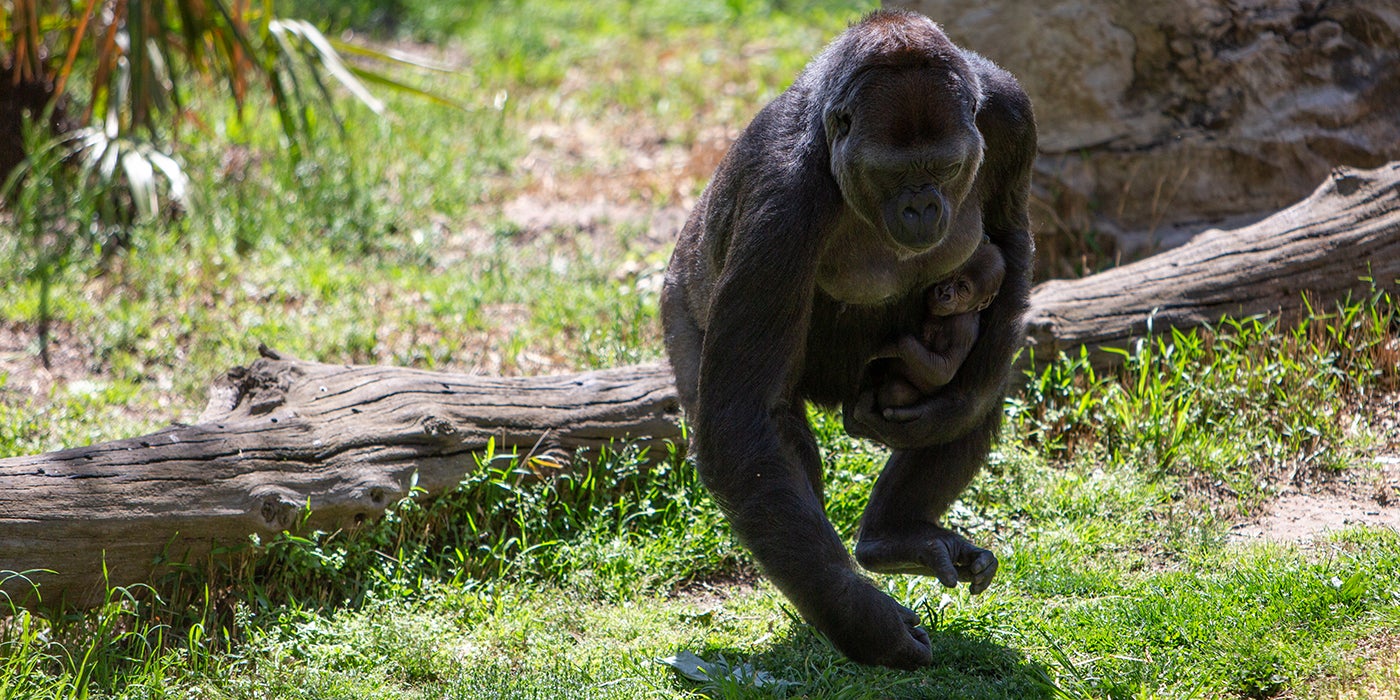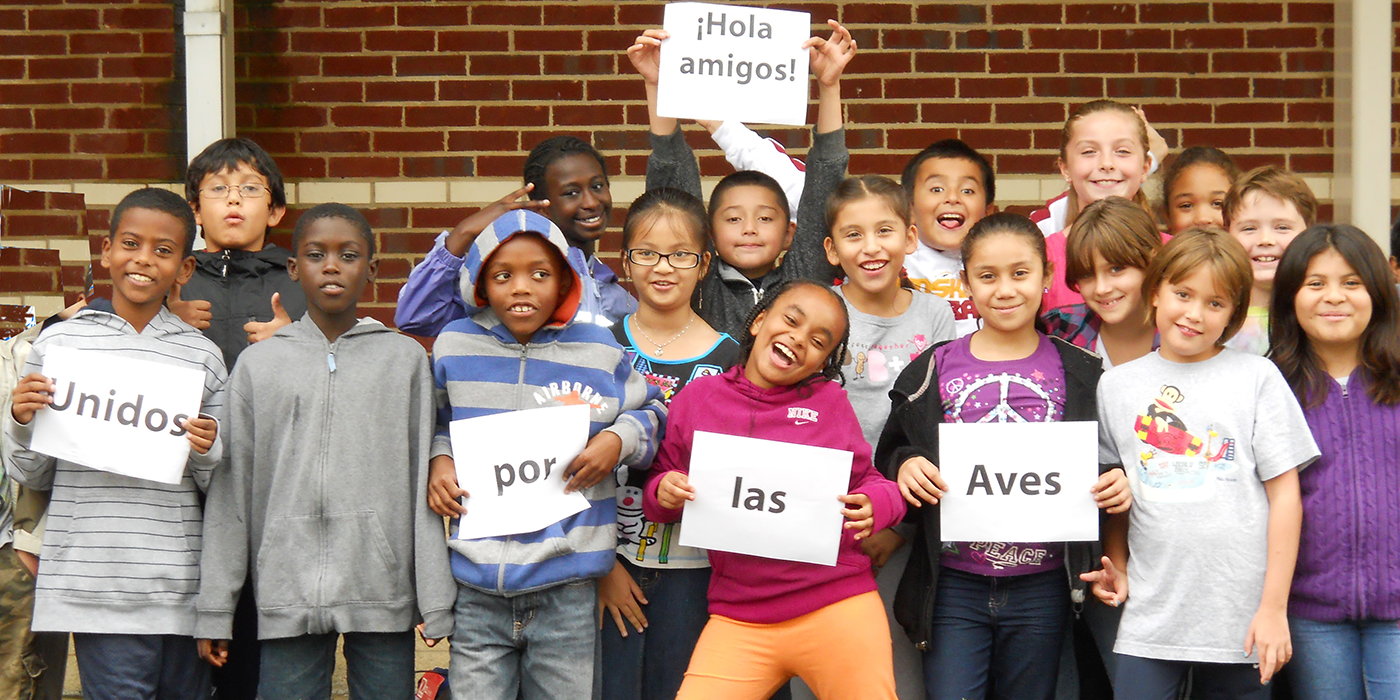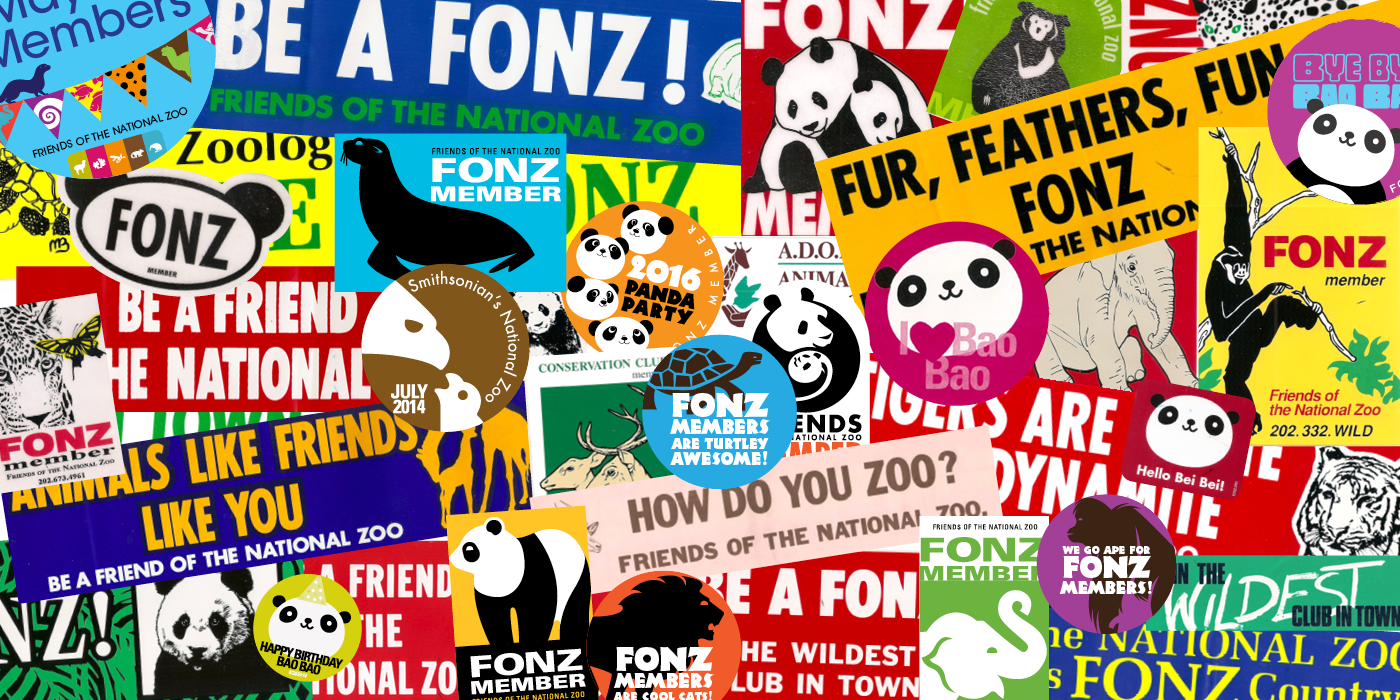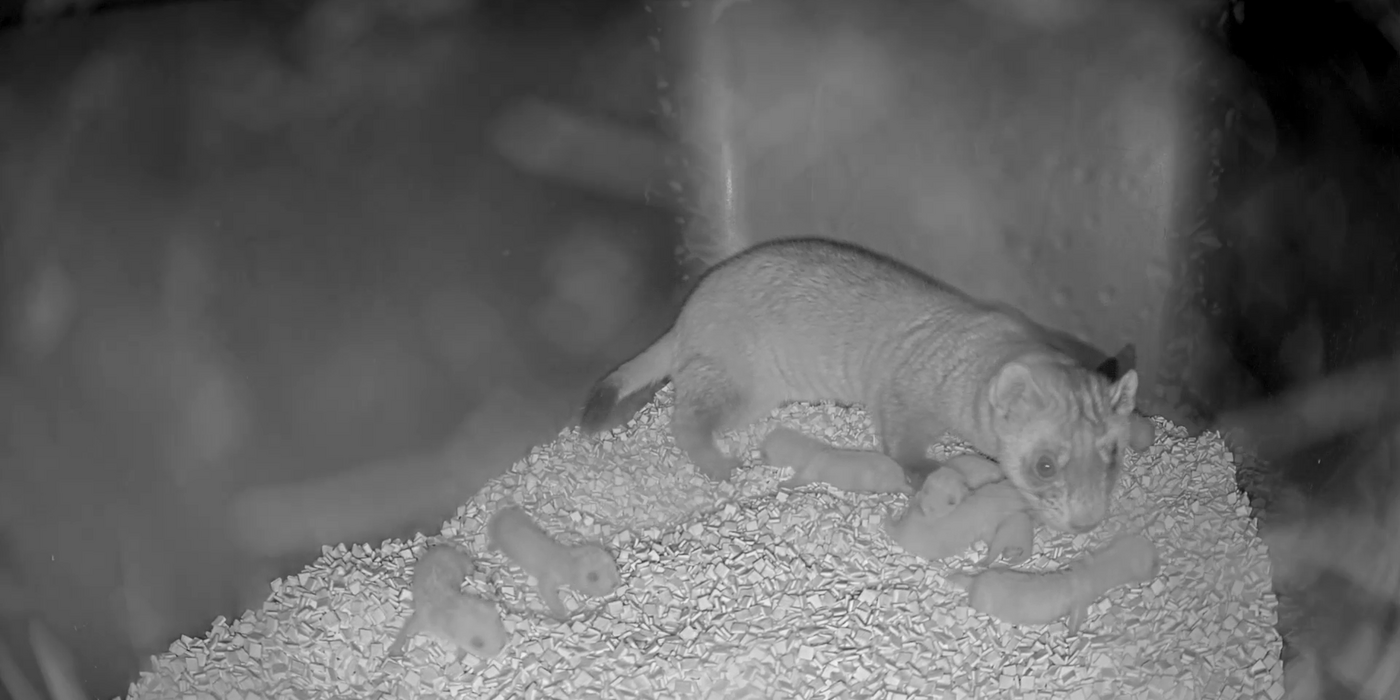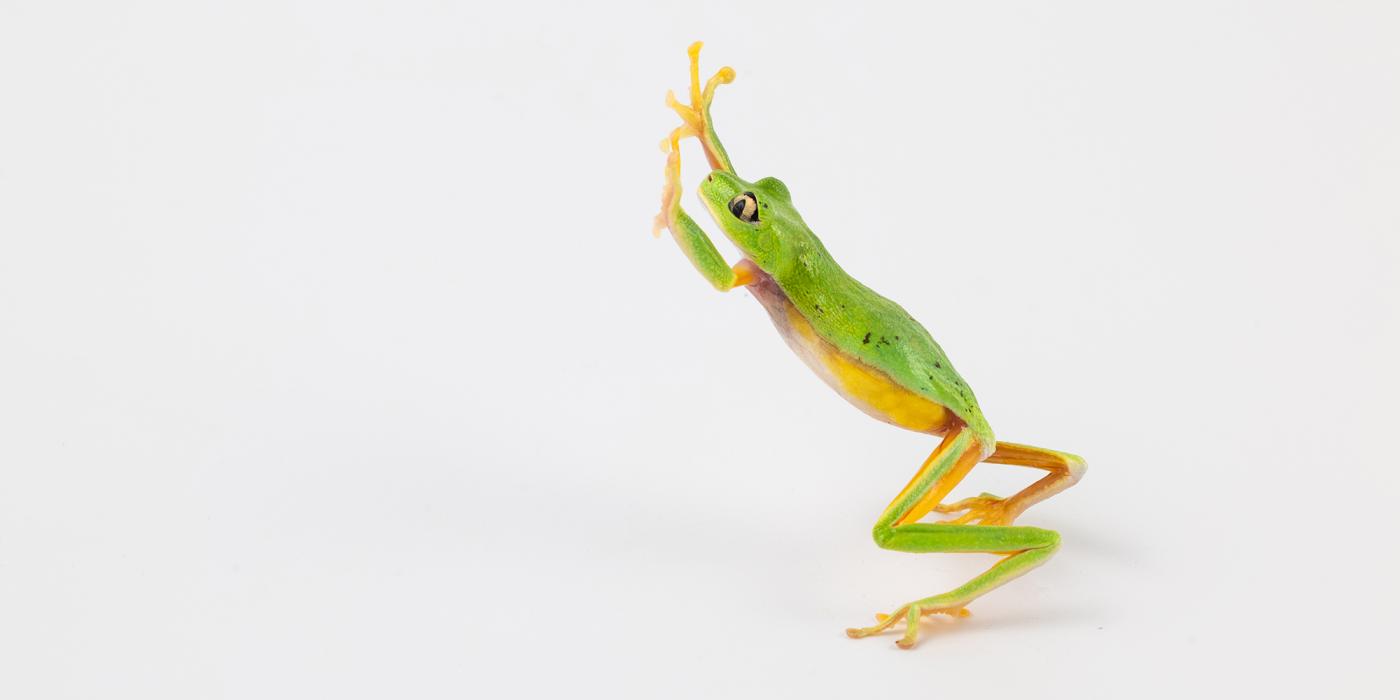Today Is Endangered Species Day
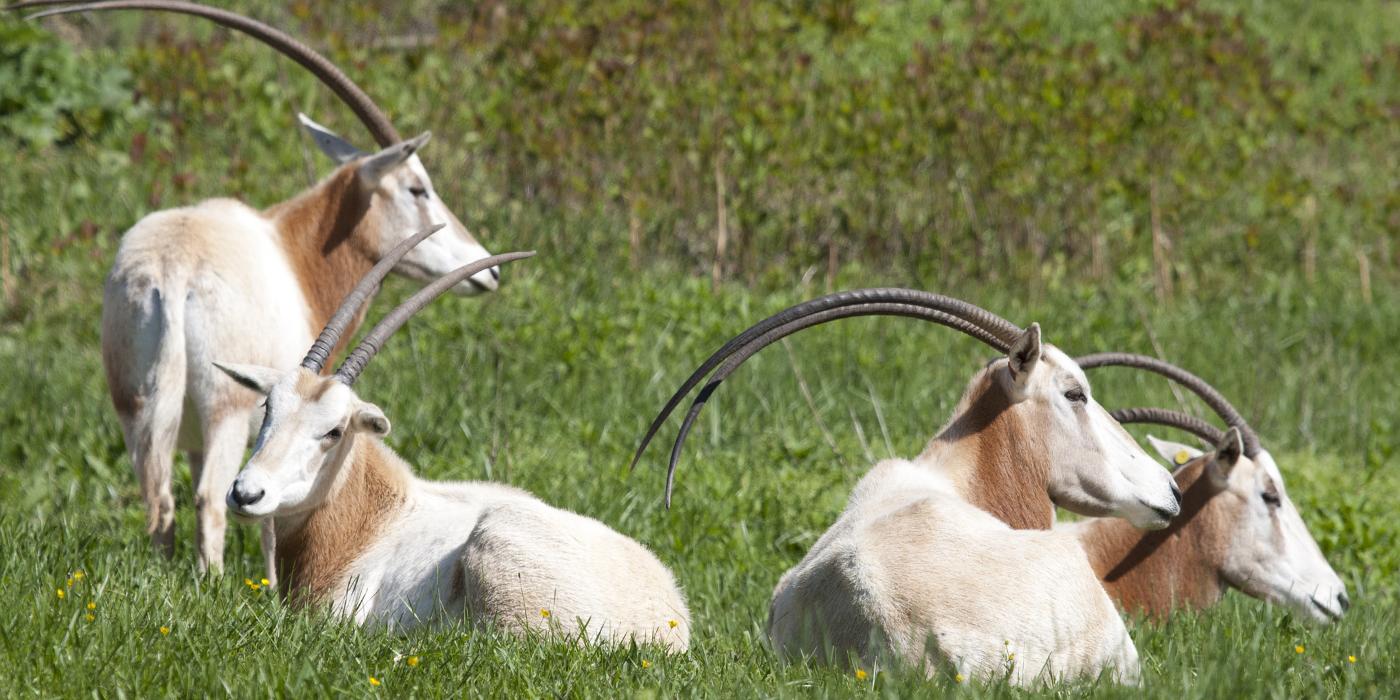
The Smithsonian’s National Zoo and Conservation Biology Institute is dedicated to saving species. Every day, its scientists and partners — here in Washington, D.C., at Smithsonian Conservation Biology Institute headquarters in Front Royal, Virginia, and in more than 30 countries across the globe — undertake important conservation efforts to protect species and their habitats.
In honor of their work and in recognition of Endangered Species Day, we’re highlighting some of the endangered animals you can see at the Zoo and the work being done to protect them.
Black-footed Ferret
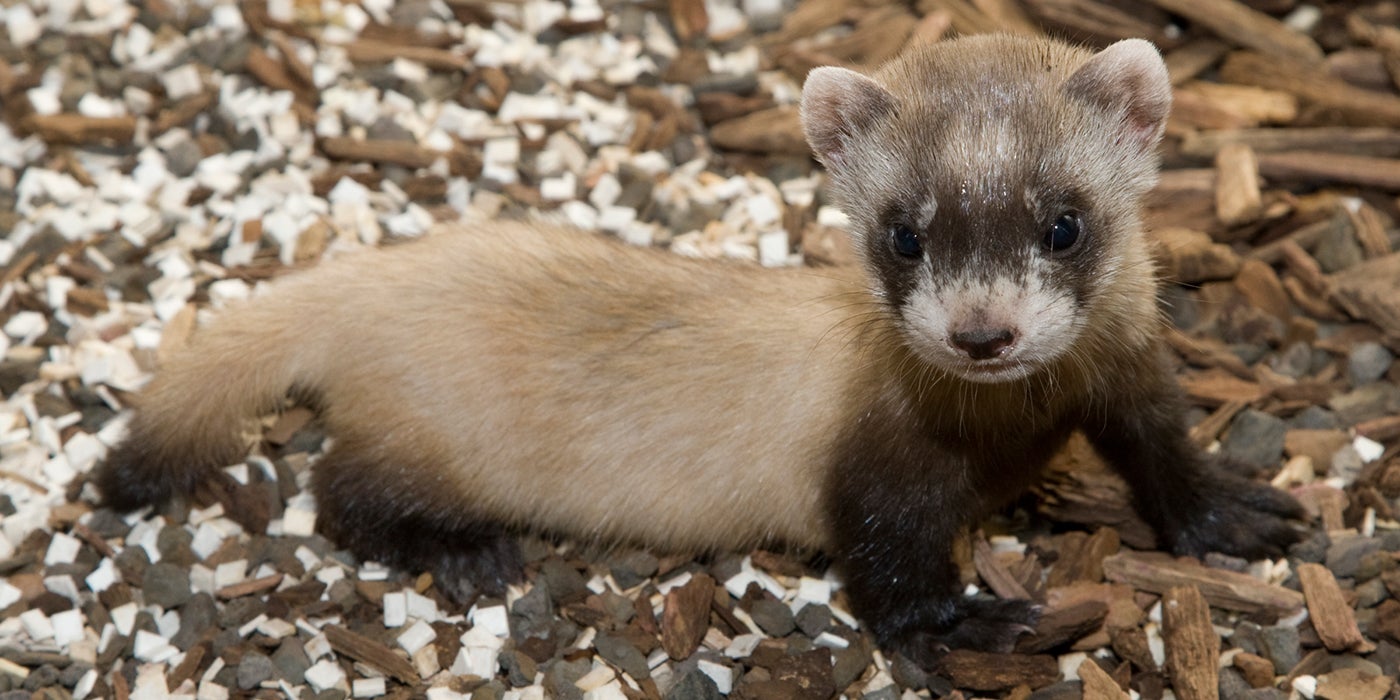
Every year, black-footed ferret kits born at the Smithsonian Conservation Biology Institute are reintroduced to the wild. This species once ranged across the North American Great Plains but was thought to be extinct until a small population was discovered in 1981.
The last remaining 18 wild ferrets were caught to establish a breeding center in Wyoming. In 1988, the Zoo became the first institution outside of Wyoming to receive their offspring and begin a breeding program.
More than 700 black-footed ferrets have been born at SCBI since, many of which have been reintroduced to the wild!
Scimitar-horned Oryx
